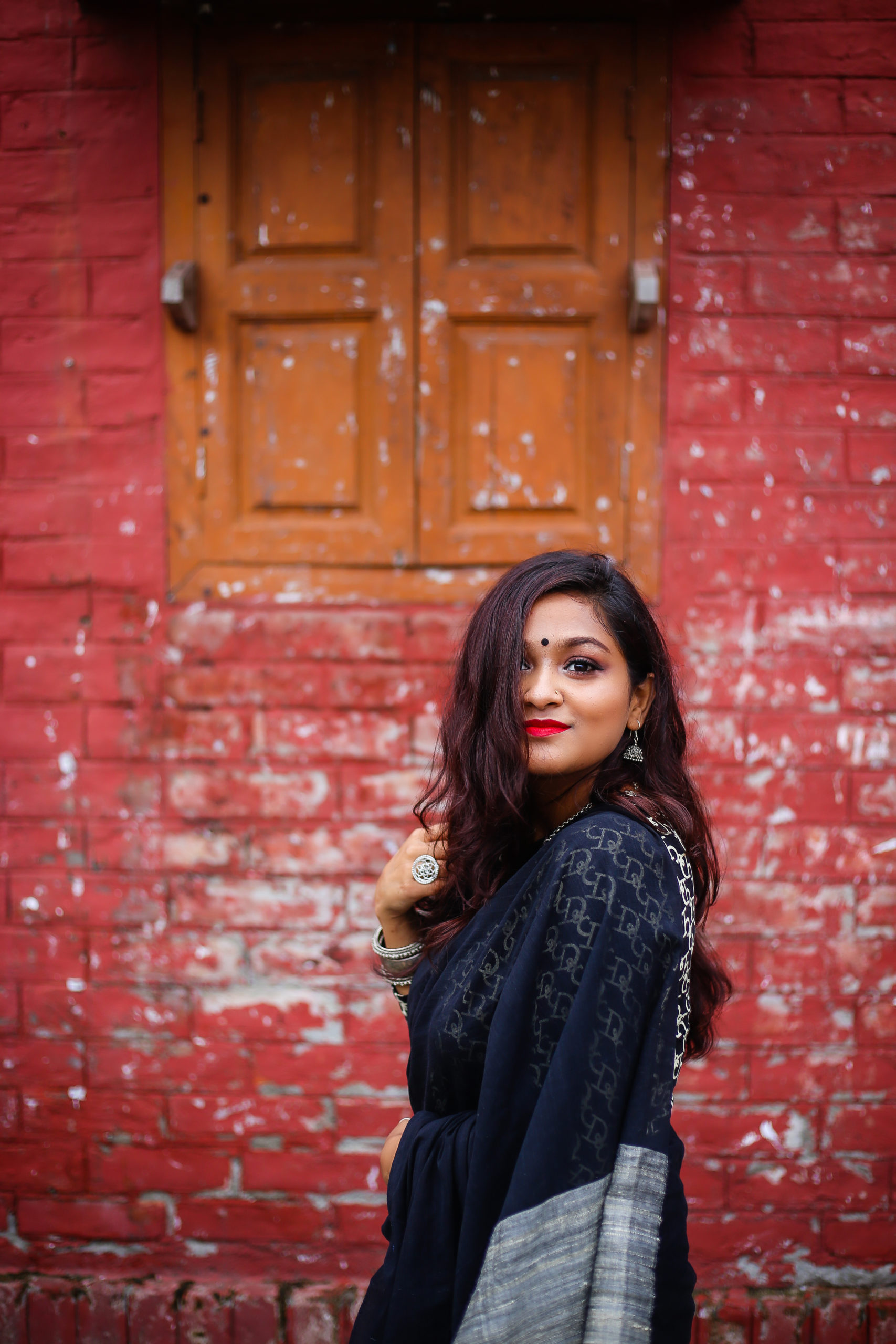In India, millions of women now refuse to bend to the priesthood of marriage, assuming their desire to live without ties. Our reporters went to meet them in New Delhi and rural Rajasthan, in the heart of a changing country.

There are more than twenty million “unmarried” urban women in its ranks, as classified by the Ministry of Statistics. In ten years, the number of these women aged between 33 and 44 has increased by 67%. An unprecedented phenomenon, which made the front page of India today last October: “Single and happy in India (…) more and more independent women are choosing a life without ties,” headlined the country’s most widely read weekly.
Overwhelmingly arranged unions
At 33, Mayanka lives with her parents. But when she goes out on the town, this graphic designer doesn’t go unseen: low-cut jeans blouse, creoles in her ears and a sophisticated gait. Indifferent to the tuk-tuk drivers who whistle at her, she laughs loudly, clinging to her mobile phone. She actually enjoys the profiles of boys who invite her to chat on the dating application Tinder. With a flick of the thumb, Mayanka discourages the heartbeats of these unfortunate people with their sometimes “pathetic” photos. “It’s so rare to have control over men, to say ‘no’ to them,” she says mischievously.
The scene, commonplace in Europe, is not at all obvious in India, which, according to the Thomson Reuters Foundation, remains in the world rankings the worst country in the world where women are born and where marriage, a sacrosanct and omnipresent institution, often heralds the arrival of the worst. A country where four rapes are reported every hour, where crimes against women, which largely take place in the domestic sphere, increased by 83% between 2007 and 2016 according to official statistics.
India is also the place where women are most at risk of being enslaved or in a state of virtual servitude. Infanticide of girls is legion. Marital rape is still not penalized. On the professional front, the lives of Indian women are hardly more enviable. Even in the big cities, no more than 14 percent of Indian women work. Marriage again has a lot to do with it, in a patriarchal culture that makes an active wife a disgrace to the whole family.
“Ditch everything to serve tea to their mother-in-law.”
All these factors make Indian women more reluctant to accept the priesthood of marriage. Encouraged, mainly, by a growing access to education that fosters a desire for independence. “How can you expect girls who have never been to college in such large numbers, who know how the world works thanks to the Internet, to have to give up everything to serve tea to their mother-in-law,” asks Ira Trivedi, author of the best-selling book on love practices, India in love.
While the age of unions is falling, divorces are on the rise. A real “social and cultural revolution”, according to her. And it’s not just for the upper classes, “even if they are pioneers,” says Ira Trivedi, a bachelor. Thanks to the internet, Indian women can also have access to many informations that give them more independance as the right to buy clothes, listen to podcasts or even learn the basis of sports betting. As you may already know, cricket is the most popular sports in India. They also have a women’s national team they support and on which they could bet. Not only this is a way to enhance the excitement and interest in their favorite sports, but many Indian women love to make wagers on their beloved team nicknamed the Women in Blue.
But it seems that the more freedom women get, the more they are exposed to violence. In a study entitled “Being single in India”, Kanchan Gandhi discusses the range of threats facing single women. In rural areas, where there is a lot of community pressure, there are countless women. In the city, it is not always easy. Working late, travelling alone not only gives a bad image in India, but is also not safe at all.
“Today, I am proud to be alone.”
Last year, the government announced “a social protection mechanism for single women” to counter their social isolation. Present at this workshop, Serju Devi said she “came back from hell”. When her alcoholic husband died from a snake bite twenty years ago, Serju was martyred by her in-laws to get her house back and unite her with her brother-in-law. At the same time, her community accuses her of being evil-eyed and excludes her socially, like millions of widows in India.
“I was no longer allowed to wear coloured clothes. I was no longer invited to weddings,” blows this vegetable seller with protruding cheekbones, draped in a fuchsia sari, pinned to her shoulder by a cheap diamond. “Today, I’m proud to be alone.” “I cut my hair like a boy to dissuade my parents.”






